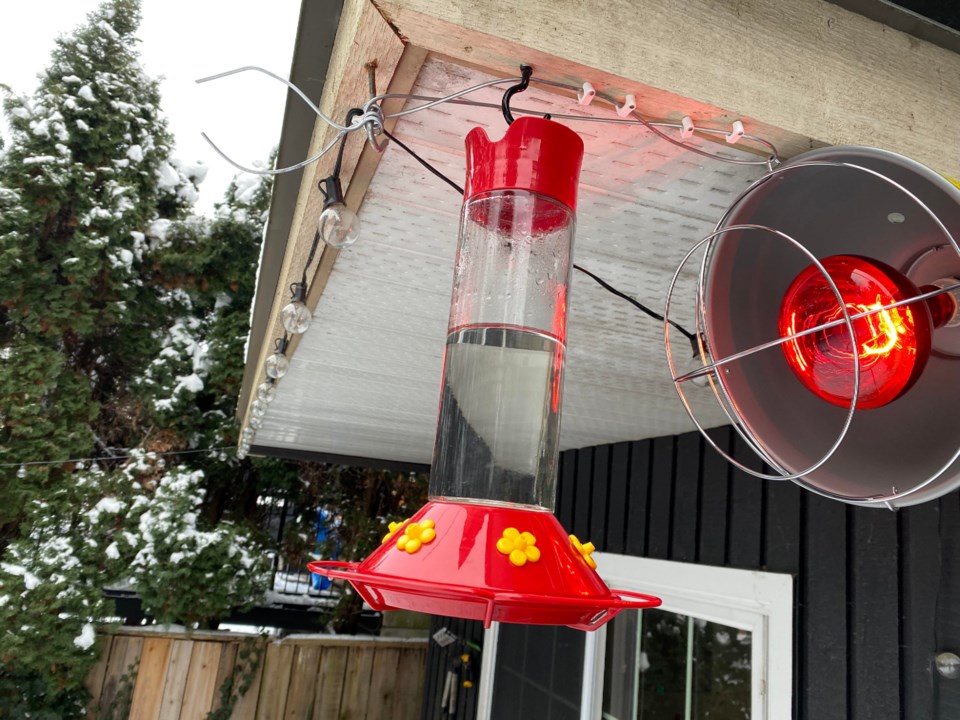The latest cold snap has created ice floes on the Fraser River, and if it weren’t for the ingenuity of some ย้ถนดซรฝำณปญbird lovers, hummingbird feeders would become blocks of frozen syrup.
Frozen feeders aren’t just depriving those feathered speedsters of a snack, they’re a major threat to their survival around this time of year. It might be surprising to learn that despite their size, hummingbirds need to eat a great deal. In fact, hummingbirds can consume half their weight in pure sugar every day but during the winter when nectar-bearing flowering plants are scarce.
As such, hummingbirds have become somewhat reliant on human feeders during the winter months as they have started to stay behind from their natural migration due to a combination of natural and human changes.
“Right now, hummingbirds have no other food source,” said Janelle Stephenson, hospital manager for the Wildlife Rescue Association, “They are dependent on these feeders to survive this weather. While bird feeders are a popular way to interact with wildlife in our backyards, knowing how to maintain them in freezing weather will save lives.”
One way to ensure the bird’s survival is to alternate two feeders when temperatures drop towards zero. Simply replace the one that froze overnight with one that is warm and fluid in the morning before you head to work, the agency suggests.
If you don’t have an alternate feeder, you might want to check out what many Metro Vancouverites have been doing – finding various ways to keep the syrup from melting altogether. To learn more about how to take care of hummingbirds during these frigid temperatures you can check out the
With files from Diane Strandberg




